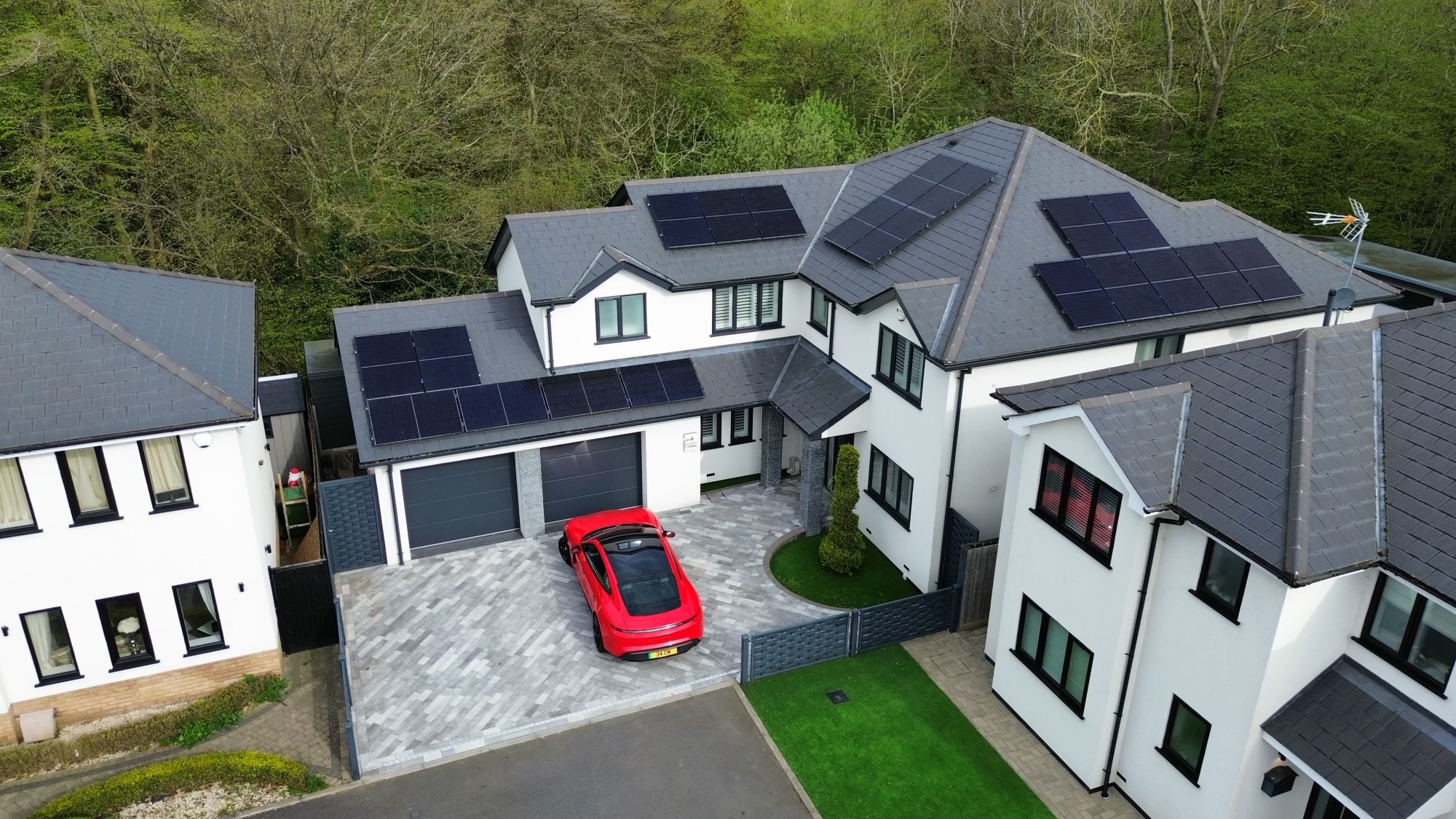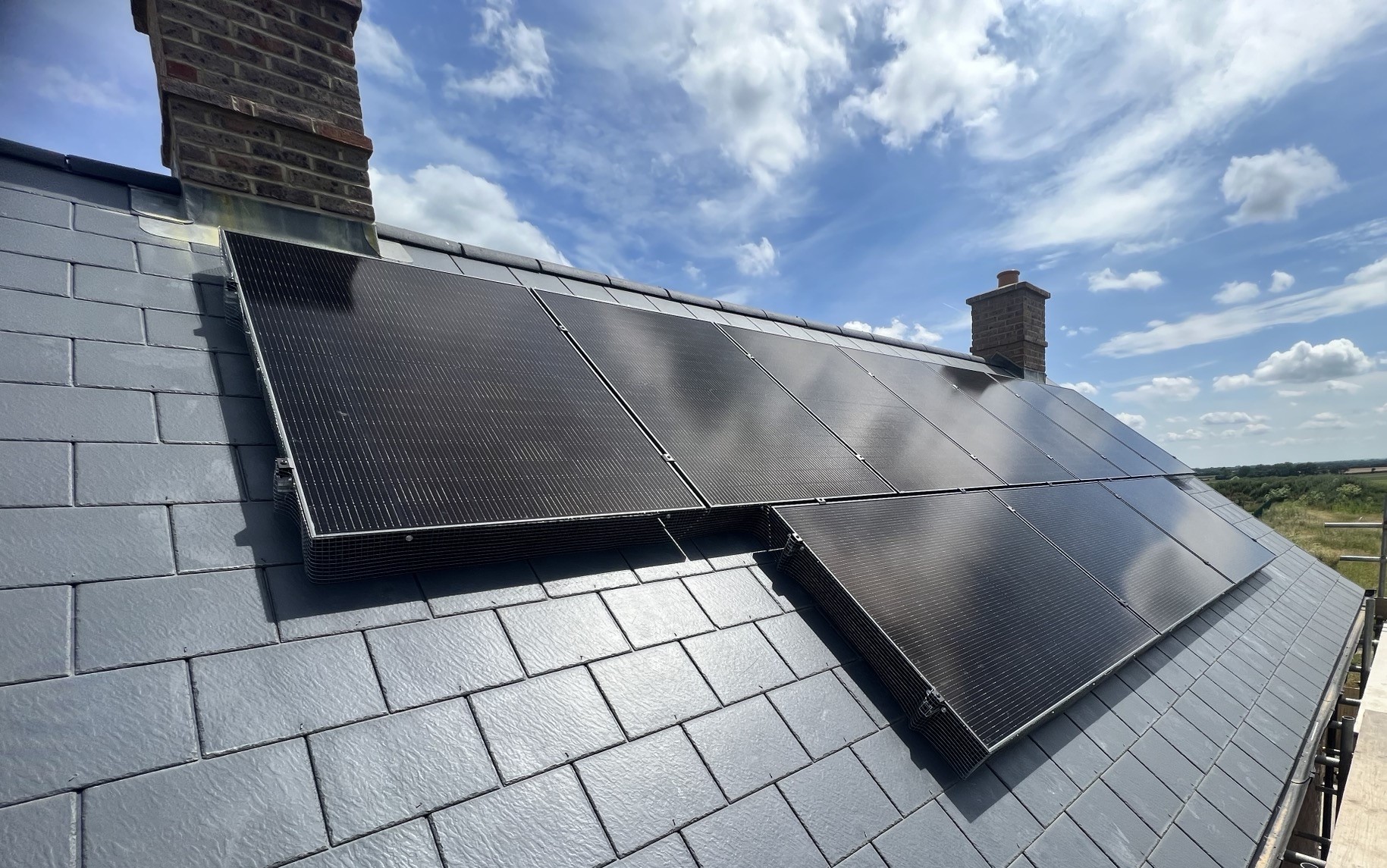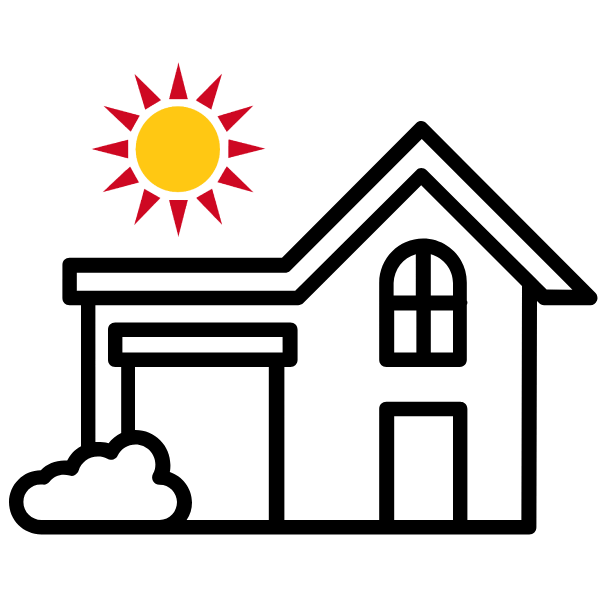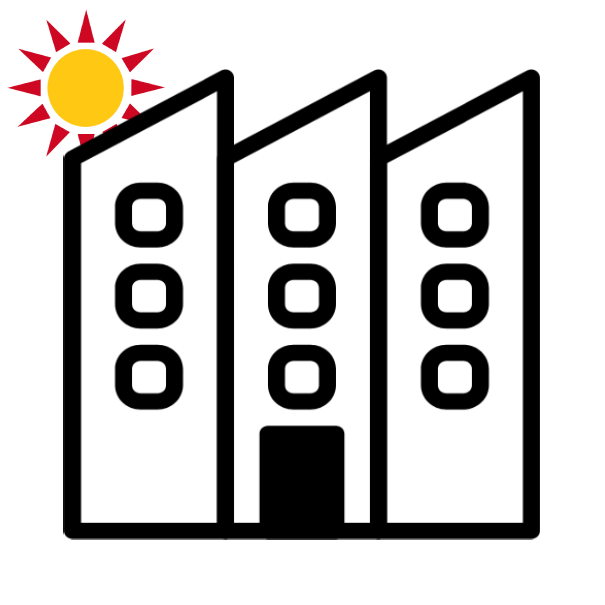How does solar panel orientation, direction and angle affect their efficiency?
The efficiency of a solar panel system can be greatly affected by the orientation or direction of the solar panels. This is one of the first things a solar panel installer will check when assessing the feasibility of a system. The angle or pitch of the solar panels makes less of a difference as long as it is within an acceptable range. The most crucial factor is the direction that the solar panels are facing so that they can get the maximum amount of daylight on them.
How does solar panel orientation or direction impact their efficiency?
Most solar panel orientation is determined by the surface that they are being fixed to. In most cases, this is a roof which can either be a pitched or flat roof. Pitched roofs will determine the orientation of the solar panels as you can’t alter the roof orientation, but flat roof solar panel systems can be orientated in any direction.
The optimal direction to get the most efficient yield from solar panels in the UK is south-facing, as this direction receives the maximum amount of light throughout the day. East or west-facing roofs can also be suitable but they can see a reduction of up to 15-20% less light energy than south-facing roofs. However solar panels on these roof orientations can still generate significant levels of electricity and offer a good return on investment. Obviously, southeast or southwest-facing roofs are also suitable and will get greater yields than east or west-facing roofs. It is also preferable in some cases to have solar panels arranged in an East-West split.
North-facing roofs are not typically deemed suitable in the UK as the roof will only see about 55% of light energy throughout the year. In most situations this will not generate enough electricity to be feasible. However, there are occasional exceptions.
Download our solar guide
Get our free guide to Solar Panels. The best resource for starting your journey into Solar.
How does solar panel angle or pitch affect their efficiency?
Several factors impact the optimum angle of the solar panel, one of which is to gain maximum efficiency. The optimum angle can vary based on where you are in the country and the time of year. These factors are influenced by the position of the sun and the distance from the equator.
You will probably notice throughout the year how much the sun’s position changes in relation to the horizon at various times of the day, such as on your daily commute. This movement throughout the year will make a slight impact on the solar panels as well.
In terms of location, the impact is down to the distance from the equator, as the sun’s rays weaken the further north you are and the angle of the solar panels can affect the yield based on your location.
The other factors affecting solar panel angle are maintenance and condition. Having your solar panels at an angle similar to your roof can assist with keeping them clear of dirt and snow as it will naturally blow off or fall off. The angle can aid with keeping them clean as rain will run down the panels and water will not pool on them. This will help maintain the efficiency of the solar panels.
Roofs tend to have a pitch between 18-37 degrees and the ideal angle for solar panels is between 20-40 degrees off the horizontal to gain the most sun exposure throughout the day. Therefore most roofs should have a suitable pitch for solar panels.
What about solar panel orientation and angle on flat roofs?
If you have a flat roof then the orientation and angle of the solar panels are not impacted by the roof itself. In this instance, a solar panel roof-mounting system can be created to maximise the yield from the system. This can be built to fit the size of your roof and be built to the optimum angle. At SolarTherm UK we manufacture our own flat roof mounting system that enables us to angle the solar panels at an optimum pitch and orientation.
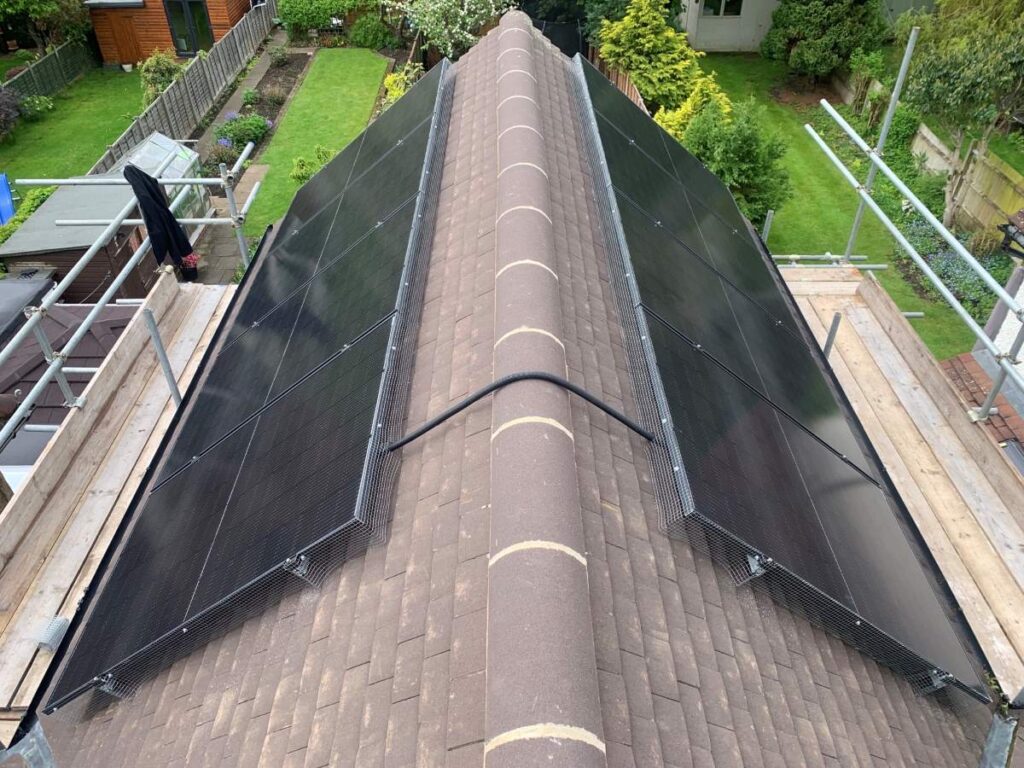
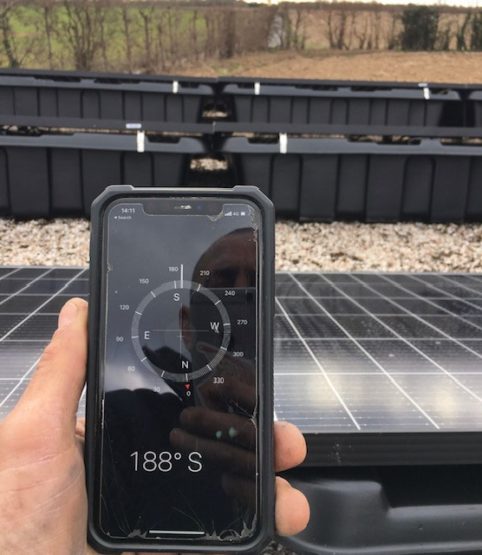
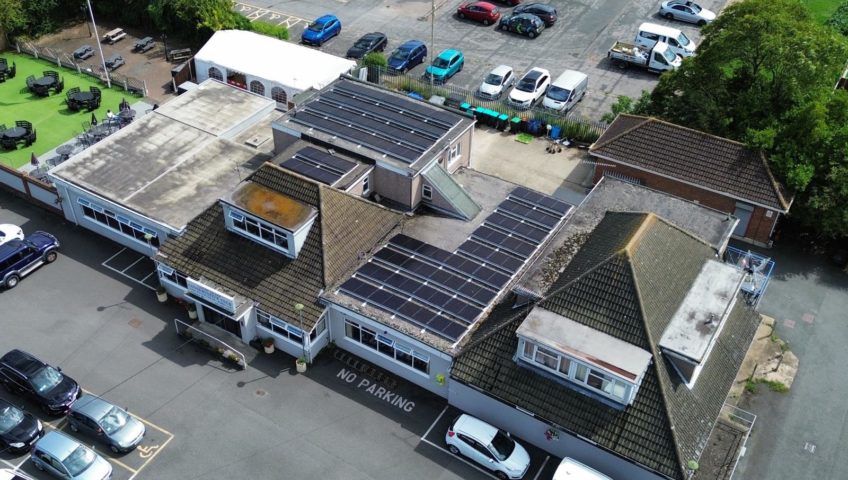
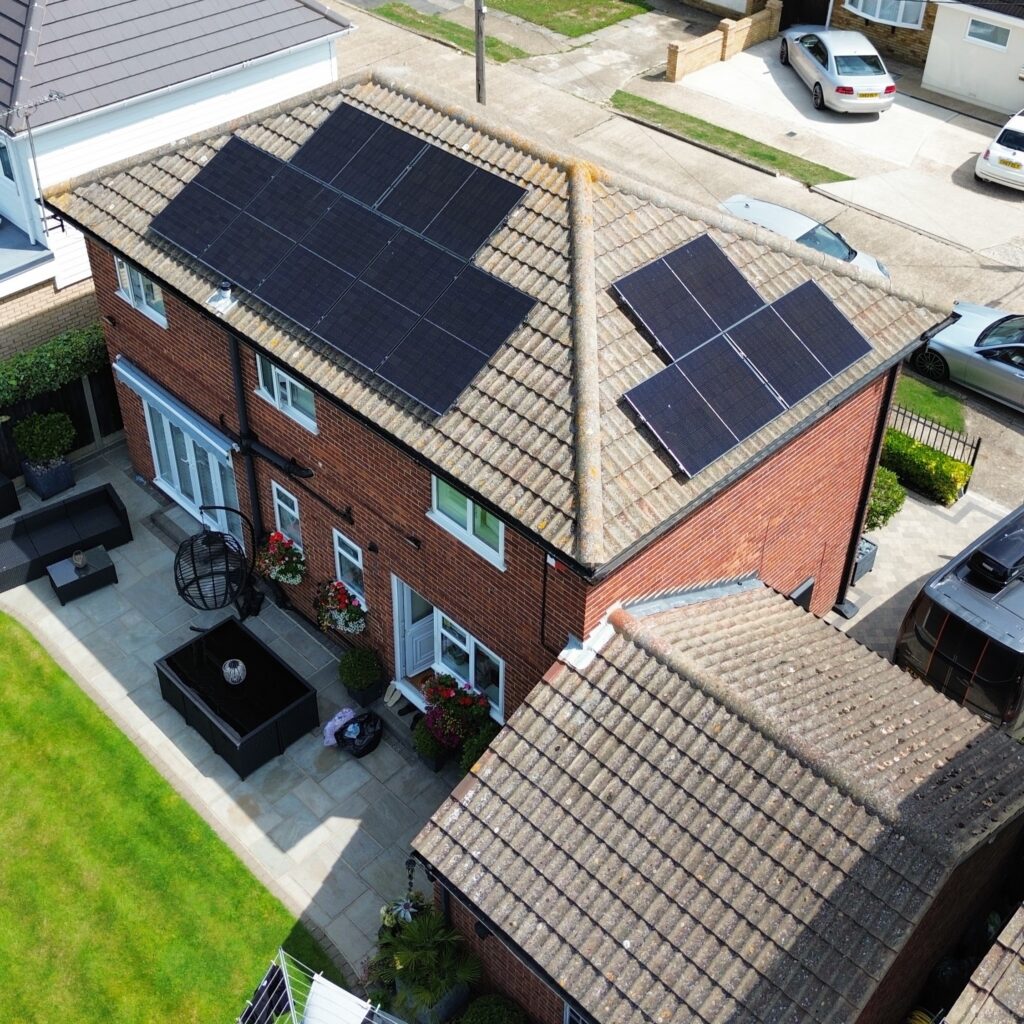
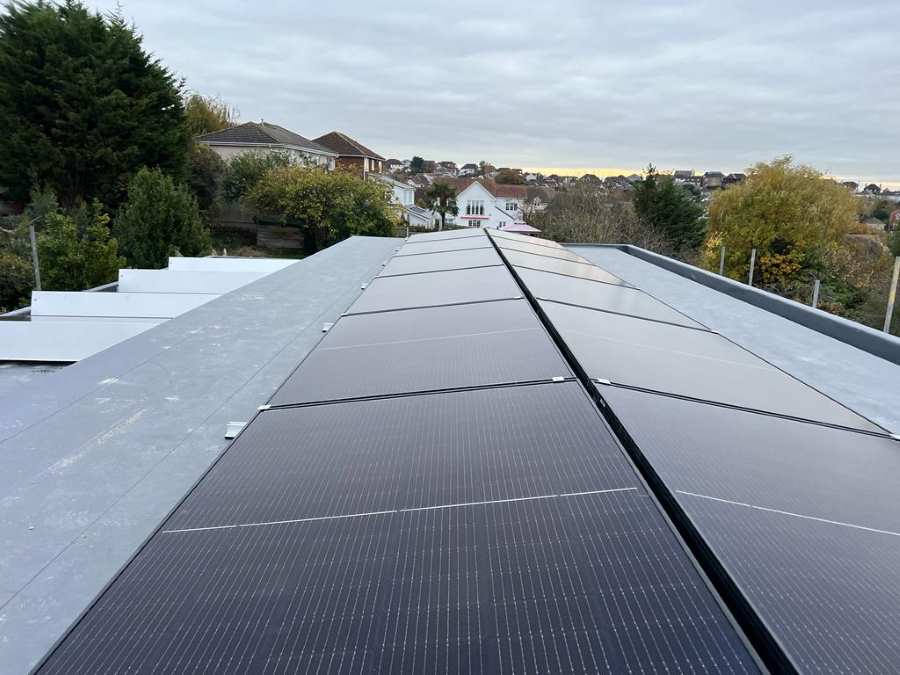
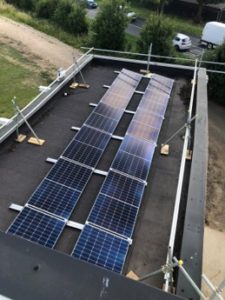
What is the biggest impact on solar panel yield?
The biggest factors that might prevent you from getting solar panels for yield reasons are more likely to be the amount of shading on your roof and the size of your roof rather than its pitch or orientation (unless your roof is north-facing).
So if you are thinking about getting solar panels for your roof but are unsure of your suitability then contact us for a no-obligation discussion. We can examine your roof orientation and see whether it is suitable and if there are potential issues that might impact the efficiency of the solar panels. In most cases, this can be achieved without needing to visit the property. Using a combination of Google Earth & satellite imagery and 3D modelling software, we can carry out a feasibility study of most roofs and even complete a system design with projected savings and return on investment details! If this is of interest to you, fill in our hassle-free online form.

